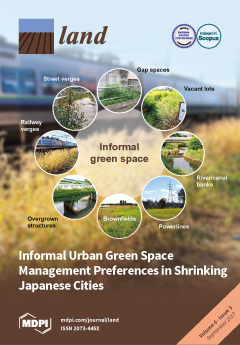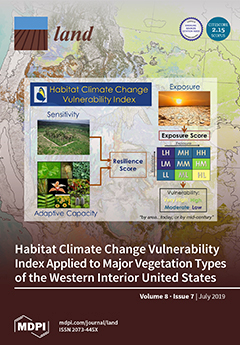De rol van voorlichting bij landinrichting
De rol die voorlichting kan spelen bij het landinrichtingsbeleid, wordt in sterke mate beinvloed door het feit dat het belang dat dit beleid tracht te dienen gewoonlijk slechts ten dele overeenstemt met hetgeen de betrokkenen als hun belang zien. Ook het belang van de boeren, de natuurbeschermers, de recreanten en de belastingbetalers is lang niet altijd met elkaar in overeenstemming. Het is een politieke beslissing welk gewicht aan elk van deze belangen wordt toegekend.






